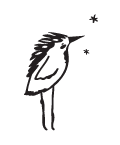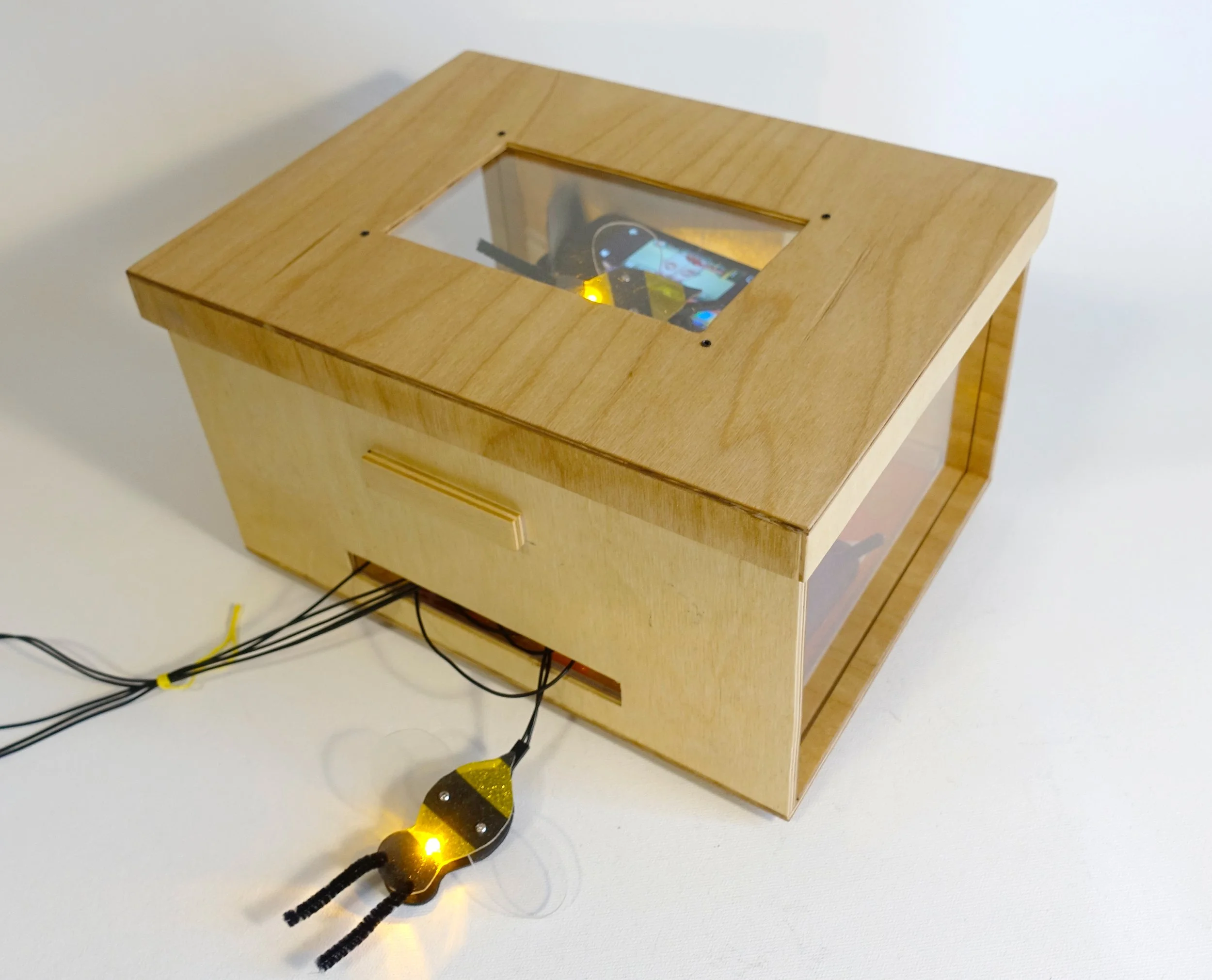BEEHIVE
Interactive Installation for Playgrounds
Beehive explores how the big data sector, particularly YouTube, threatens children’s rights during their free time and play. By integrating sensors into playground elements, Beehive turns children’s movements into digital actions—scrolling, video playback on YouTube Kids app—transforming play into data. The artwork uses the metaphor of bees and honey production to aid children in better understanding data collection and processing. In doing so, Beehive seeks to promote digital literacy and advocates for children’s informed online engagement, with future plans for research and workshops to deepen understanding and awareness of children’s digital rights.
Beehive is part of the DADA-TATA project.
KEYWORDS: Big data, Data processing, Data literacy, Children’s rights, Playground, Interactive installation, Media art.
Honey production metaphor to better understand big data processing
Converting children’s playful actions into online quantitative data.
Short video explanation
Technical details: Three sensors disguised as bees (vibration sensor, accelerometer and ultrasonic sensor). Beehive shaped box (29 x 21.5 x 16 cm), microcontroller, servo motor, DC motor with two velostat strips to scroll the mobile phone touch screen, motor driver, a lighting system, mobile phones, and power bank.
Presented at
2024 / MALI Museo de Arte de Lima, PE
2024 / Ars Electronica Festival, Lynkeus Traum, Linz, AT
2024 / ACM Interaction Design and Children Conference, Delft, NL
School visits
2024 / Lima, PE
Research article
Maria Esperanza Sasaki Otani. 2024. “Beehive” Interactive Installation for Playgrounds: Reflecting on Children’s Rights in the Context of Big Data Industry. In Proceedings of the 23rd Annual ACM Interaction Design and Children Conference, June 17, 2024. ACM, Delft Netherlands, 969–972. https://doi.org/10.1145/3628516.3661163
Development process
This project was developed with the ÖH Project Grant 2023.
























